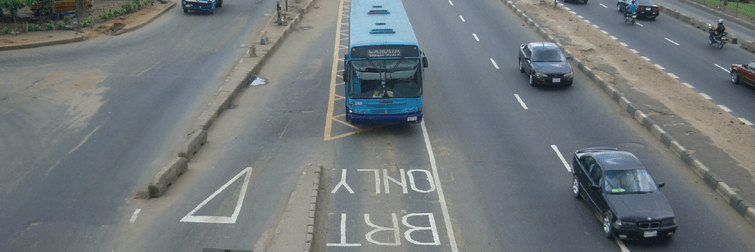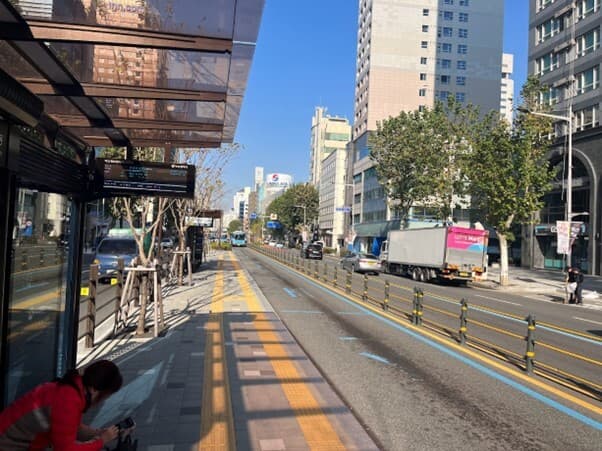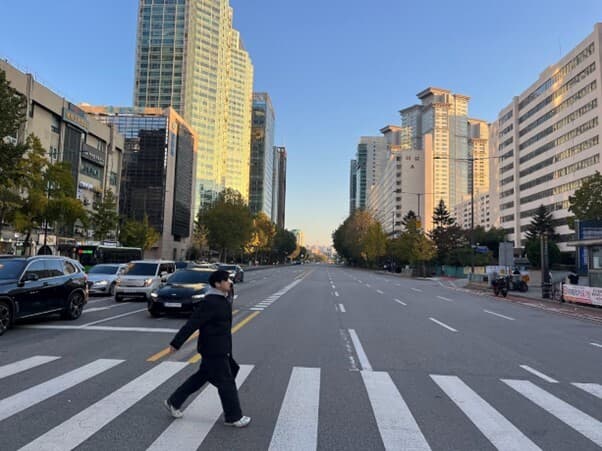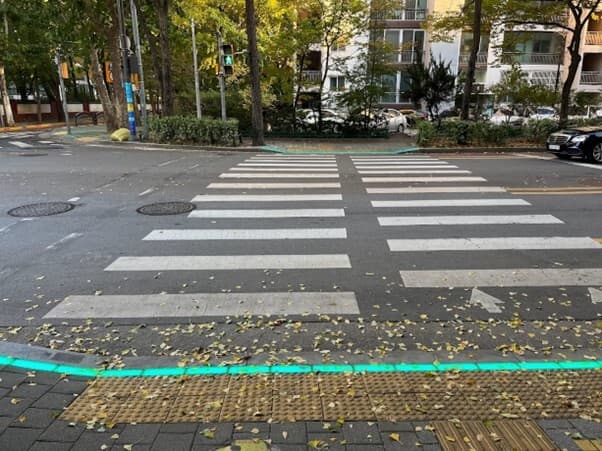
blog: South Korea's Transport Susprises
Friday 19th January 2024
In November, I spent a week in South Korea’s two largest cities, Seoul and Busan, taking advantage of the good connectivity between the peninsula and Ulaanbaatar, the capital of Mongolia, where I’d just been working on a pre-feasibility study into On-Demand Transit Services. There were plenty of surprises to South Korea’s transport, so I thought I’d explore some of them with this blog.
To BRT or not to BRT?
I have to say, as a transport planner, I was quite excited to see a Bus Rapid Transit (BRT) network in action for the first time. Seoul and Busan both boasted widespread, high frequency, well-used BRT networks. Both cities had opted for the median (central) lane approach. There was the odd confusing intersection but, for the most part, the bus lanes were well separated, and the buses were pretty reliable. Both costed a fraction of the price of their respective metro fares, and offered comparable journey times in most cases, often cutting down the walking time at both ends of the journey compared with the metro.
And yet, I found myself repeatedly choosing the metro over the BRT almost whenever given the opportunity. The few times I took the BRT were either for the novelty of it or on the rare occasion when there was no metro option for my journey. I pondered this on one of the many metro rides (I was solo travelling and had the time to ponder inane thoughts like this).
Did I really value the minor uplift in comfort of the metro as much as the pretty major uplift in fare? Was this just a hangover of avoiding London buses (which are not nearly as immune to congestion) when presented with a tube option? Had I been drawn in with the quirky train arrival announcements at the metro stations, which seemed to be personalised to the city and line (e.g. ferry fog horns in the port city of Busan)? Was it just easier to jump on the “green” line rather than trying to figure out which bus numbers I could catch?

I never quite got to the bottom of this; I imagine the answer is something of a mixture of the above or something altogether more unconscious. But whatever the reason was, I was quite disappointed in myself for not taking the completely rational decision of the BRT, revealing my fallible human nature and unconscious bias. A useful lesson learnt, though, in thinking about human behaviour and political decision making.
Pedestrian problems
South Korea certainly delivered on the big infrastructure transport systems. The BRTs and metros of both Seoul and Busan were world-class, and the bullet train service connecting the two cities not only halved the travel time of the regular rail service, but also afforded me an opulent amount of comfort and leg room.
Despite this, something bugged me throughout the trip. Getting around on foot.
On the face of it, it seemed like both cities would be pedestrian friendly. There were plenty of wide, pedestrianised streets, often with markets and on-street food stalls (as a side note, it would be nice to see a bit more of this in the UK!).

The issues came walking between attractions. Away from the pedestrianised areas, road crossings posed a significant obstacle, regularly taking over a minute to wait for a green light, without the refuge of a central pedestrian island to break up the often incredibly wide roads. Cars definitely ruled the streets, even with the impressive public transport systems; walking journeys felt fragmented and slightly frustrating as a result.
Navigating the streets was also somewhat challenging as Google Maps couldn’t produce walking routes, only public transport ones. So, even on a public transport journey, you would need to figure out your way to and from the first and last stops. There was a Korean equivalent, Kakao Maps, which had a plethora of journey mode options, but I gave up trying to use it as searching destination names in English was too hit-and-miss. Admittedly this was very much a tourist’s problem, and I actually quite enjoyed this particular quirk. Having to engage my brain a little bit to navigate around the cities probably did me some good, giving each short trip a slight sense of adventure.
Something I didn’t find so enjoyable, though, was the stark absence of waste bins in both cities. Eating street food became a bit of an occupational hazard. I found myself regularly walking over a kilometre with a piece of sticky teriyaki tin foil in-hand until I finally found a bin. This problem clearly hasn’t evaded the attention of the authorities, as every private on-street bin was securely padlocked, ruling out my initial temptation of just using the first bin I could find.

Remarkably, despite the lack of bins, there was barely any litter on the streets, even in the street food hotspots; an underrated factor contributing to the attractiveness of a city, in my opinion. And the quality of the street food certainly made up for the inconvenience of hunting for a bin!
South Korea summary
South Korea’s transport reflected it’s blend of Eastern and Western influences, with American-style streetscapes sitting atop world-leading metro systems. The country’s major infrastructure certainly didn’t disappoint, but the experience of a pedestrian in the big cities was quite a frustrating one. My main takeaway, however, was an insight into my somewhat irrational, but quite human (I hope), decision making.
If you would like to know more about how ITP can help support your vision for integrated and resilient urban mobility and decarbonisation strategies then please get in touch.
